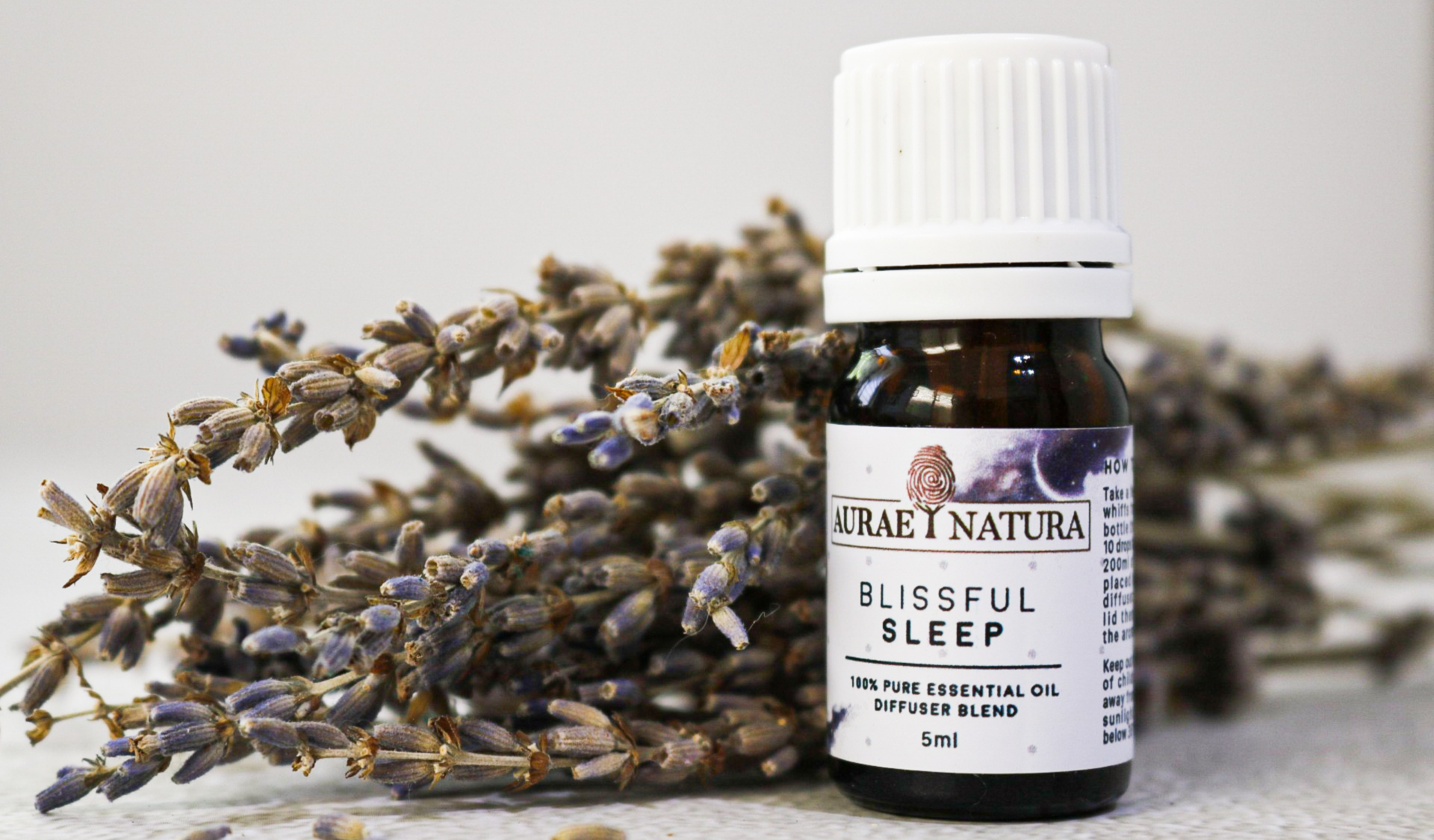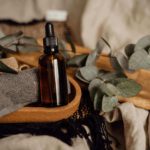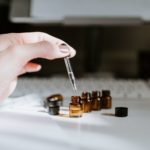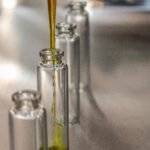A LEARNING GUIDE


YOUR SAFETY IS OUR PRIORITY
It probably isn’t a surprise to learn that children’s systems are in the process of developing and are more delicate and sensitive to chemical substances including essential oils. Thus, extra caution is required when using highly concentrated and potent essential oils around them. The topic can take up a separate discussion all together but here are some general guidelines:
SAFE USE OF ESSENTIAL OILS ON CHILDREN
- Store essential oils in places where young children cannot easily reach and accidentally ingest essential oils. If ingestion accidentally happens, do not induce vomiting but immediately call the National Poison Center.
- Stick to 1% dilution or less when using essential oils topically on children 5YO and above. 5-8 drops when using essential oils in a diffuser around children and 5-12 drops of kid-friendly essential oils in an aromatherapy inhaler.
- It is recommended to do a patch test in a small area prior to full application to check for any signs of irritation. Continue with application only if there seems to be no adverse reactions. After application, continue to watch carefully for any negative skin reactions. If skin irritation occurs, wash the area with soap and water for 10 to 15 minutes then apply carrier oil or butter after washing. Seek professional help for severe adverse reactions.
- For children below 5YO and babies – diffusing kid-safe essential oils at very low drop counts (about 2-3 drops), intermittently (20-30 minutes on, 20-30 minutes off), in a well ventilated area, around children below 5YO can be helpful. Just make sure to observe your child’s response. For any negative reaction, stop using that oil and try another. The American Association of Naturopathic Physicians also recommends not using essential oils around children until they are 3 months old. For topical applications, while Tisserand Institute recommends 0.1%-0.2% dilution for up to 3 months, then 0.25%-0.5% from 3-24 months old, I would recommend using hydrosols instead of essential oils on babies for skin application.
- Avoid using essential oils high in 1,8 cineole like various species of eucalyptus essential oil, ravintsara essential oil (Cinnamomum camphota ct. 1,8 cineole), rosemary (Rosmarinus officinalis ct. 1,8 cineole), etc. on children below 5YO and use with caution for children 5YO and above.
- Avoid using peppermint essential oil (mentha piperita) especially near their faces on children below 5YO
- Avoid using other essential oils like wintergreen, cornmint, cinnamon, clove bud, tulsi, birch, hyssop, cajeput, saro and niaouli essential oils on children under 10YO.
- Avoid using phototoxic oils like lemon, bergamot, grapefruit and cold-pressed lime essential oils on children’s skin if UV or sunlight exposure of the affected area/s is expected within the day.
reference lists when using oils on children
Further, I’m sharing with you a couple of kid friendly and oils to avoid lists below from Aromatics International. Even without knowing all the specifics, I thought this is a good reference to include so we can be guided accordingly and because there are already so many options available for us, we can always choose to err on the side of safety.
- Bergamot Oil (Citrus bergamia)
- Black Spruce Oil (Picea mariana)
- Cedarwood Atlas Oil (Cedrus atlantica)
- Chamomile German Oil (Nepal) (Matricaria recutita)
- Chamomile Roman Oil (Chamaemelum nobile)
- Cypress Oil (Cupressus sempervirens)
- Douglas Fir Oil (Pseudotsuga menziesii)
- Fragonia Oil (Agonis fragrans)
- Frankincense Oil (Boswellia carterii)
- Helichrysum italicum Oil (Croatia) (Helichrysum italicum)
- Juniper Berry Oil (Juniperus communis)
- Lavender Oil (Lavandula angustifolia)
- Lemon Oil (Citrus limon)
- Lime Oil (Citrus aurantifolia)
- Mandarin (Red) Oil (Citrus reticulata)
- Orange Sweet Oil (Citrus sinensis)
- Rosalina Oil (Melaleuca ericifolia)
- Sandalwood Oil (Santalum album)
- Scotch Pine Oil (Pinus sylvestris)
- Tea Tree Oil (Melaleuca alternifolia)
- Ylang Ylang (Complete) Oil (Cananga odorata var Genuina)
- White Pine Oil (Pinus strobus)
- Eucalyptus Oil (Eucalyptus globulus, Eucalyptus radiata, Eucalyptus smithii)
- Saro Oil (Cinnamosma fragrans)
- Ravintsara Oil (Cinnamosma camphora ct. 1,8-cineole)
- Rosemary Oil (Rosmarinus officinalis ct. 1,8-cineole)
- Niaouli Oil (Melaleuca quinquenervia ct. 1,8-cineole)
- Cinnamon Oil (Cinnamomum zeylanicum)
- Tulsi Oil (Ocimum sanctum ct. eugenol)
- Clove Bud Oil (Eugenia caryophyllata)
- Wintergreen Oil (Gaultheria fragrantissima)
- Birch Oil (Betula lenta)
- Hyssop Oil (Hyssopus officinalis)
- Corn Mint (Wild Mint) Oil (Mentha arvensis)
- Cajeput Oil (Melaleuca leucadendron var. cajuputi)
- In addition, we recommend avoiding Peppermint Oil (Mentha × piperita) with children under 5 years old, especially around the face, as it can cause breathing issues.
LAST THOUGHTS ON ESSENTIAL OIL SAFETY
Finally, the information herein are by no means exhaustive and are created as general safety guidelines to minimize risks involved in using pure essential oils. These gifts from our creator through plants are wonderfully effective but because of its potency, it does come with risks making caution absolutely necessary with use.
Our approach will always be to err on the side of caution that’s why you often here me mentioning that less is more. For me, this is not just a concept, I have experienced first hand how a small amount of essential oil can already bring us a long way towards the healing that we seek and oftentimes, just because the aroma is not as strong as we want them do be, it doesn’t mean that it’s unable to do what it’s intended for well.
I really hope this guide is helpful for you! I look forward to sharing more with you along the way. For any questions or inputs about essential oil safety, feel free to get in touch with us. We’re always looking forward to taking this essential oils journey with you.
SHARE THIS





